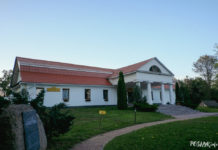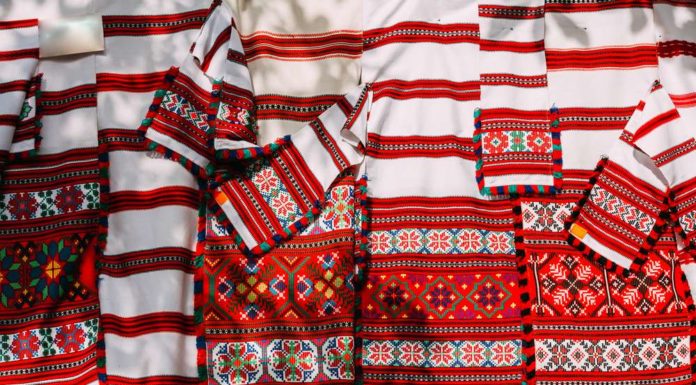Do you want to immerse yourself in history and culture? Belarus? Then go to Zaslavl. This is one of the most ancient cities in our country. According to chronicles, it was founded by the end 10th century.

The legend says: Prince Vladimir Svyatoslavovich of Novgorod (Vladimir the Red Sun) decided to marry the daughter of the Polotsk prince Rogvolod. Yes, the beauty turned out to be proud, she refused, because she did not want to marry the son of a concubine, and his brother Yaropolk was dear to her. In anger, Vladimir went to war with Polotsk and captured the city. Then he dishonored the unfortunate Rogneda in front of his parents, whom he later killed.
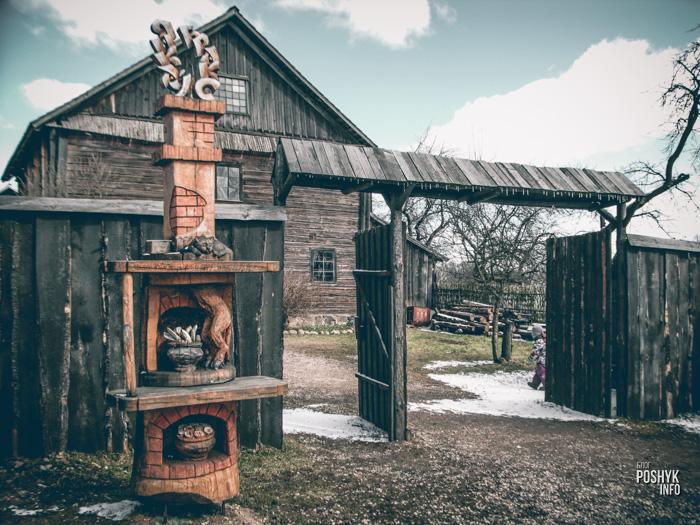
The princess, who forcibly became Vladimir's wife, bore him a son, Izyaslav. One night she tried to stab the prince with a knife, but failed. The woman was saved from the death penalty by her son, who stood before his father with a sword in his hand. The disgraced princess was sent home, settling in a border fortress on the banks of the Svisloch. In honor of the brave prince, the fortress was named Izyaslavl. The city was repeatedly burned, destroyed, rebuilt again. And life went on in it.
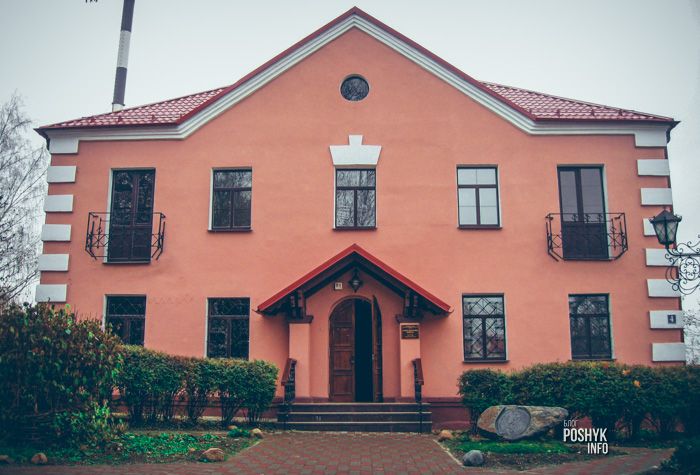
In order to preserve the unique historical territory of Zaslavl with its archaeological and architectural monuments, in 1986 the Zaslavl Historical and Cultural Museum-Reserve was established.
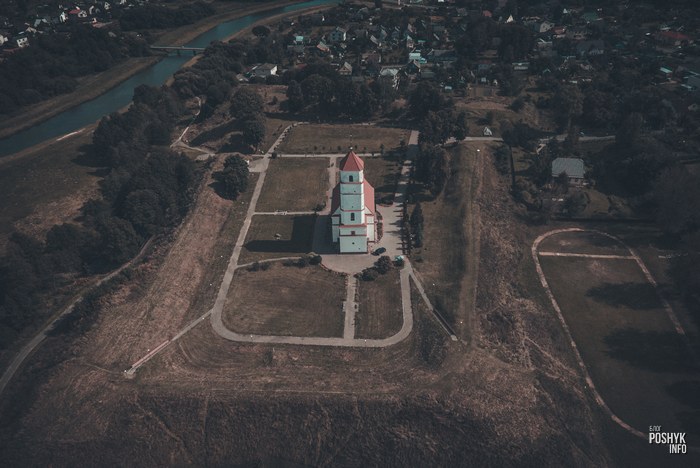
Its composition includes Zaslavsky castle (fortification "Val"), former Calvin Cathedral, settlement "Zamechek", burial mounds, Church of the Nativity of the Blessed Virgin Mary, museum and exhibition complex, and ethnographic complexes "Mlyn", "Dom zavoznіkaў", "Sviran", "Forge", the museum "DOT" and the children's museum of mythology and forest.

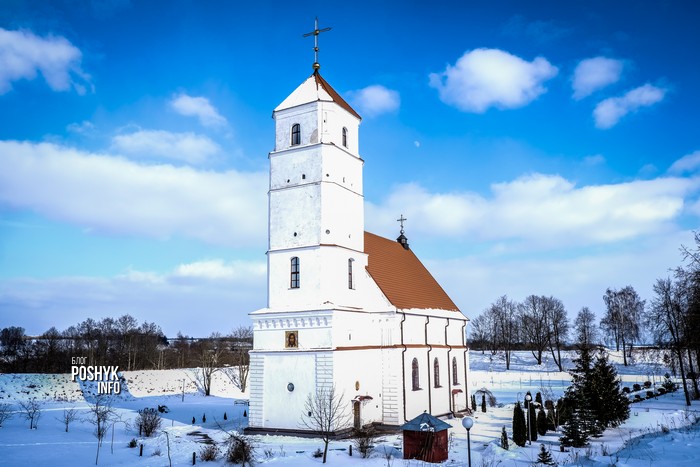
Zaslavsky castle
The history of the Zaslavsky castle (fortified settlement "Val") begins from the XNUMXth-XNUMXth centuries. On the right-bank suburb (suburb) a new detinets (inner city fortress) of Izyaslavl was built.
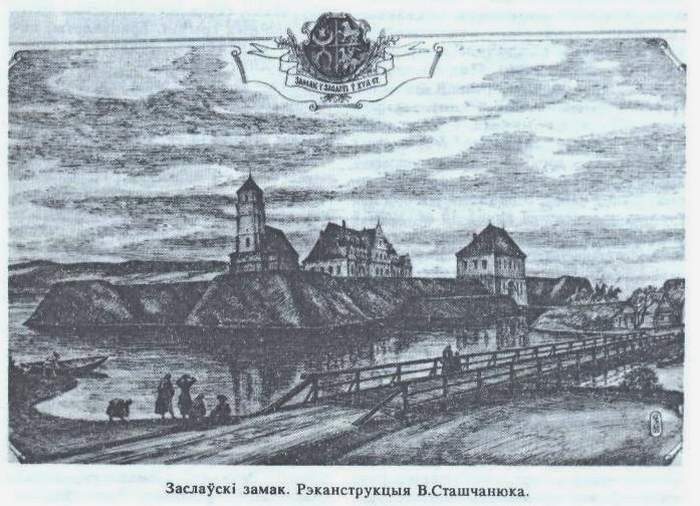
Unfortunately, the castle buildings were completely destroyed during the Thirty Years' War with Russia (1654 - 1667). Only the Gothic-Renaissance Calvin Cathedral of the late XNUMXth - early XNUMXth century has survived to this day. In which the Church of the Transfiguration of the Savior is now located. And the ruins of the southern gate.
Ancient settlement "Zamechek"
The fortress on the southwestern outskirts of the city was built at the end of the XNUMXth century as an outpost of the northwestern borders of the state of Vladimir. This is the same chronicle Izyaslavlassociated with the legend of Princess Rogneda and her son. Today it is a ruin.


burial mounds
These burials organically fit into the layout of Zaslavl in the middle of the XNUMXth - early XNUMXth centuries. They reflect the pagan system of views of our ancestors on the cult of the dead.
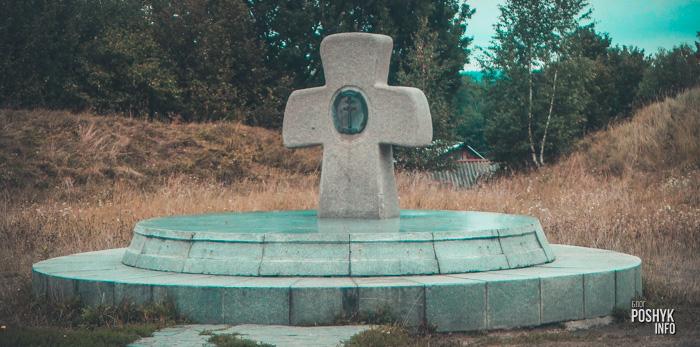
Stone Church of the Nativity of the Blessed Virgin Mary
Built in 1779, funds for the construction were allocated by Anthony Tadeusz Przezdetsky, the owner of the Zaslav county.


Transfiguration Church
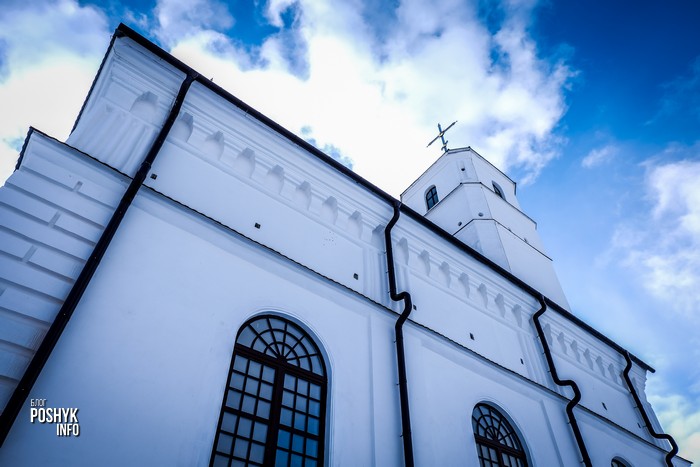
Museum and Exhibition Complex of the Historical and Cultural Museum-Reserve “Zaslavl”
It opened after reconstruction in 1992. It includes three exhibition halls, two of which housed long-term exhibitions. The tapestry hall, located on the ground floor, presents visitors with three works called "Rogneda", "Polotsk Bells" and "Prayer". United in one ensemble, they tell about the role played in the history of the Principality of Polotsk and Zaslavl by such personalities as Rogneda and Izyaslav.
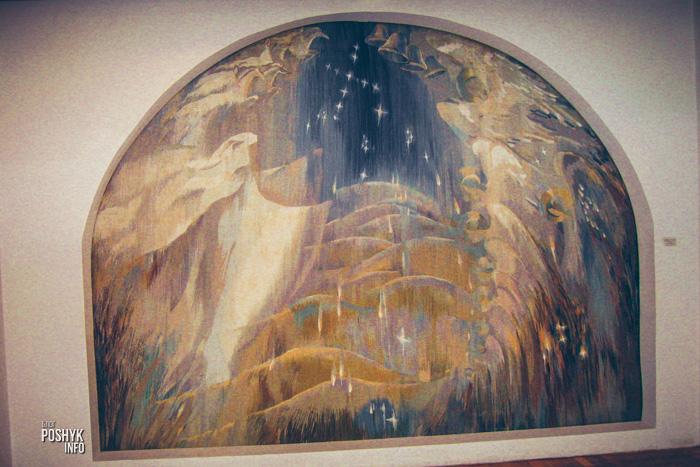
On the second floor there is an exhibition “Vyachorak Music”, the only exposition of folk musical instruments in our country. There is a large collection of well-known harmonicas, violins, cymbals, pipes. Audio accompaniment, enlivening the exhibition, allows you to more fully get acquainted with the musical culture of the Belarusian villages.
The third hall of the museum and exhibition complex is reserved for temporary exhibition projects. Now there is an exhibition dedicated to the day of the city "Zaslavl in the paintings of artists."
Ethnographic complex "Mlyn"
The steam mill is a unique monument of flour milling in Zaslavl at the beginning of the 1910th century. It was built in XNUMX by a wealthy resident of the city of Mekhedko-Sawicki.

It is a log building with three floors. On the second floor is the heart of the mill - the millstone. Here you can also see a groat grinder - a machine for the production of cereals and cleaning grains from bran.

Ethnographic complex "Dom zavoznіkaў"
A lot of people came to the mill, a queue formed, someone had to stay in the town all night. Therefore, a hut was built next to it, the so-called guest house for carriers.
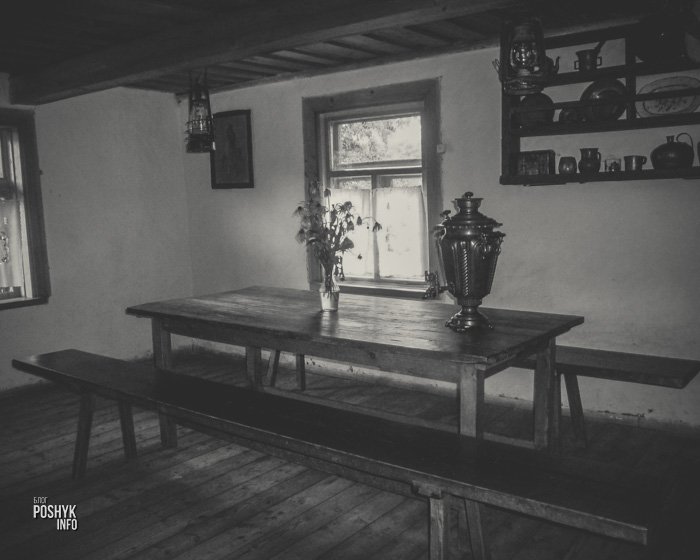
Ethnographic complex "Sviran"
The barn was a traditional building in the Belarusian economy in the second half of the 19th - early 20th centuries. Food was stored in it, often clothes and household items.

The name "sviran" is typical for western Belarus, in the eastern one such a building was called a "cage".

Ethnographic complex "Forge"
Blacksmiths in pagan times were treated with great respect and were considered sorcerers, since only they could make iron obedient.
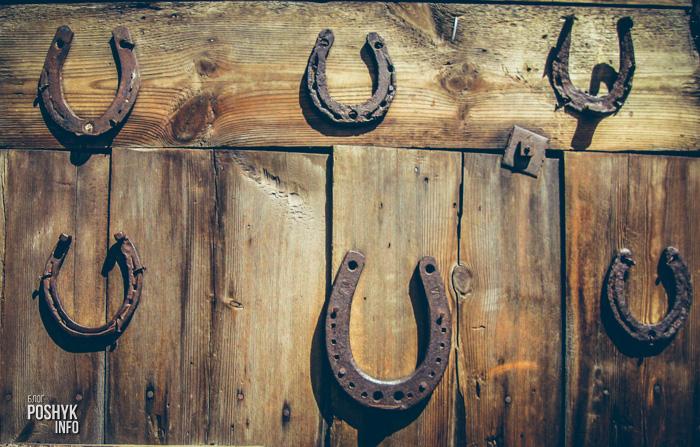
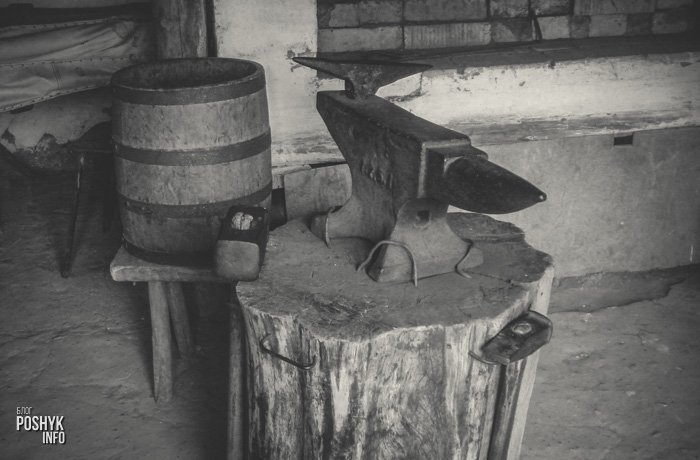
Museum-DOT
The first bunker museum in Belarus (long-term firing point) was opened in 2004. It is located in a fortification - a machine-gun point of the Minsk fortified area, which began to the north of Pleshchenitsy. Passed through Zaslavl and Dzerzhinsk. The total length along the front was about 140 km. The main part of the bunkers was built in the period from 1932 to 1934.
Museum-workshop of blacksmith production was opened in 1994. The forge consists of a forge, bellows, a deck on which an anvil is located, machines: a grinder, a drill, and numerous tools: hammers, cutters, punches, tongs. Two people worked here - the blacksmith himself and his assistant, a hammer fighter. For fire safety purposes, the walls of the room are covered with plaster.

Children's Museum of Mythology and Forests
In distant pagan times, the views of our ancestors on the world around them were determined by the primordial nature, which they worshipped. This is told by the exposition of the Children's Mythological Museum, which opened in 2005.
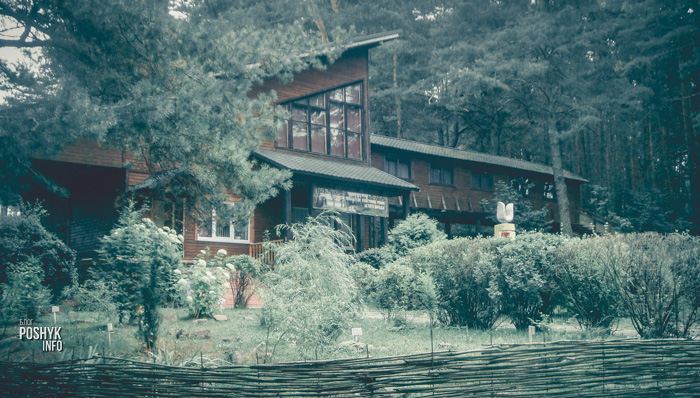
Here we see two parts of the world - a real forest zone, represented by stuffed animals, including a raccoon dog, a jay, a song thrush, a common buzzard, etc. And also a mythological zone, the main figures in which are a brownie, a ghoul, a wood goblin and a water one.

Historical and Cultural Museum-Reserve "Zaslavl" is open from Tuesday to Sunday from 9.00 to 17.00. Payment for excursions is made at the address of the street. Market, d 8a.




